Lindisfarne Castle
North EastA castle (that’s not a castle), on an island (that’s not an island).
Holy Island, Berwick-upon-Tweed, Northumberland, TD15 2SH
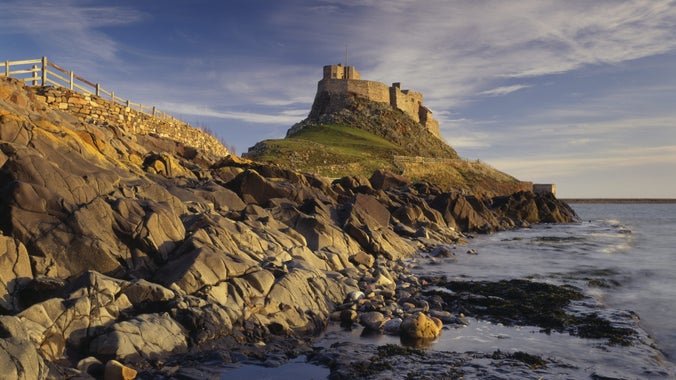
Opening times for 2 January 2026
Asset Opening time Castle Closed Garden Open all day Shop Closed MTWTFSS293031123456789101112131415161718192021222324252627282930311OpenPartially openClosedLindisfarne Castle
Ticket type With Gift Aid Without Gift Aid Adult (18+) £14.30 £13.00 Child (5-17) under 5s free £7.15 £6.50 Family (2 Adults and up to 3 children) £35.75 £32.50 Family 1 Adult £21.45 £19.50 Group (Adult 18+) £12.35 Group (Child 5-17) £6.18 Become a member and discover more than 500 places
- Assistance dogs only
- Bookshop
Pop into " Boatshed Books" - a second hand bookshop, in a boatshed. Find it in the third boatshed next to the admission point - look out for the sign outside when we're open.
- Cycle parking
There are two cycle racks next to the gate as you enter the castle field.
- Dogs allowed
In the grounds, on short leads. There are ground nesting birds and livestock in the field and around the lime kilns.
- Family friendly
There is a space to leave buggies and large bags. Ask about our free family trail. Look out for our volunteers on the upper battery and spot seals through the scope.
- Picnic area
Enjoy your picnic with one of the best views in Northumberland. Small number of picnic tables and deckchairs available. And a big grassy slope where you are very welcome to throw down a blanket.
- Plant shop
At the shop in the village.
- Shop
In the village
- Toilet
One toilet at the castle.
The castle is a one mile walk each way from the visitor car park. There is a drop off point just outside the gate to the castle field. One toilet at the castle. Access to castle by foot up steep cobbled ramp and steps – sturdy footwear recommended. Some dark and narrow spaces inside the castle.
- Drop-off point
Pull in place before the gate into the castle field.
- Induction loop
At the admission point.
- Narrow corridors
- Seating available
Window seats on the Long Gallery, Lower Battery, Upper Battery and Upper Gallery
- Steps/uneven terrain
Uneven cobbled ramps and steep steps.
- By road
- 5 miles east of A1 across a tidal causeway, please check safe crossing times before visiting by going to https://holyislandcrossingtimes.northumberland.gov.uk To get here there is only one road and that is covered twice a day by the North Sea. About three miles of road can be covered by the tide but coming by car is still the easiest and most common way of visiting.Parking: in the interests of village residents please use main island car park. There is a 1 mile walk each way to the castle (signposted before village). Drop off point at the castle gate. Pay and display car park with card and pay by phone options (not National Trust). Disabled/Blue badge car park/Coach park signposted in village.
- On foot
- from Holy Island village, about 1 mile. Many visitors will attempt the Pilgrims Way, the ancient route across the sands marked by wooden posts. If you intend on walking this route and haven’t done so before, please contact someone at the castle or the Island Heritage Centre. Always check the safe crossing times https://holyislandcrossingtimes.northumberland.gov.uk We are part of " Good Journey" and offer a 10% discount on admission or a free guidebook for supporters travelling car- free.
- By train
Berwick-upon-Tweed 10 miles from causeway. Buses and taxis available at the station.
We are part of " Good Journey" and offer a 10% discount on admission or a free guidebook for supporters travelling car - free
Find out more about exploring car-free- By bus
Borders Buses run a service to Holy Island from Berwick via Beal. This is the 477 service. Please check the their website for specific trips.
The X15 and X18 run a regular service from Newcastle and Berwick-upon-Tweed to Beal, not far from Holy Island causeway
From Beal there are local and seasonal buses to Holy Island – timetables depend on tides, so check directly with the operators.We are part of " Good Journey" and offer a 10% discount on admission or a free guidebook for supporters travelling car - free.
- Cycling
NCN1. Coast and Castles cycle route
We are part of " Good Journey" and offer a 10% discount on admission or a free guidebook for supporters travelling car- free.
Find out more about exploring car-free There are cycle racks next to the gate into the castle field.- By ferry
- Visitors arriving onto Holy Island by boat, including boat trips from Seahouses, are entitled to 10% off admission if paying, or a free guidebook if an NT member under the Good Journey scheme.
- Car free
Travel the green way and help us preserve this amazing place.
Enjoy 10% off admission or a free guidebook when you arrive car-free, showing a bus/train ticket, or bike
There’s a direct bus from Berwick-upon-Tweed – but the timetable varies with the tides!
Walking across to the island offers a real pilgrimage experience and helps keep the island special by reducing traffic – check the tide times first.
Find out more about exploring car-free
Holy Island, Berwick-upon-Tweed, Northumberland, TD15 2SH
Planning your visit
Visiting Lindisfarne Castle with your dog
Explore the scenic walking routes of Holy Island with your four-legged friend. Dogs are welcome on the trails surrounding Lindisfarne Castle, a National Trust site rated as a one pawprint dog-friendly location. Before you visit, discover everything you need to know about dog-friendly facilities, local wildlife considerations, and how to make the most of your coastal adventure with your pet.

The Holy Island Causeway
Safe crossing times for the Holy Island Causeway. The castle is occasionally open while the causeway is closed, so please check these times before you travel.

Highlights
Castle
"Fairytale" castle perched atop a crag, the highest point on Holy Island. This former Tudor fort became an Edwardian holiday home, converted by Sir Edwin Lutyens into a private holiday home for Edward Hudson, founder of Country Life magazine. Furnished rooms, with a spotlight shone on Lutyens, the man and his work, for 2025.
Gertrude Jekyll walled garden
Small walled garden, designed by Gertrude Jekyll in 1911. Infused with fragrance and colour during the summer months. A peaceful and sheltered spot to sit and enjoy some autumn and winter sunshine.
Headland walks and Victorian Limekilns
Listen to the sounds of the seals' "singing" and maybe spot them swimming just offshore on a walk around the castle headland. Take in views of the Farne Islands and Bamburgh Castle on this short circular walk ( ideal for smaller legs). Explore inside the Victorian limekilns as you pass; They are some of the best preserved examples of kilns in the UK ( and a great spot for a game of hide and seek).
Picnic Area
Picnic tables, deck chairs and a grassy bank, with views across the sea to the Farne Islands and Bamburgh Castle. The perfect picnic spot to pause awhile and enjoy your packed lunch, with one of the best views in Northumberland.
Second hand bookshop
Have you ever visited a bookshop in a boat shed? Pop into "Boatshed Bookshop" for a browse ( open during castle opening hours).
Things to see and do
Things to do outdoors at Lindisfarne Castle
Uncover the rich history and natural beauty surrounding Lindisfarne Castle on Holy Island. Wander through Gertrude Jekyll’s beautifully restored walled garden, and step back in time as you explore historic boat sheds and lime kilns—remnants of the island’s fascinating industrial past.
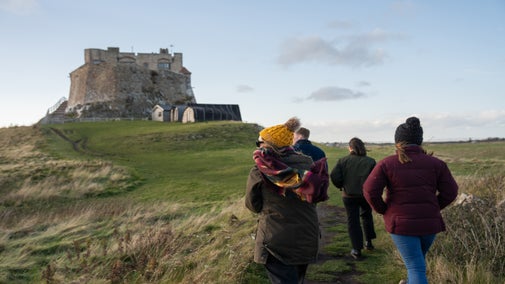
Family fun at Lindisfarne Castle
Lindisfarne Castle is now closed for the season, reopening on 1 March 2026. The garden and grounds are open all year round. Planning a family day out in Northumberland? Lindisfarne Castle on Holy Island offers a perfect mix of adventure and discovery for visitors of all ages.
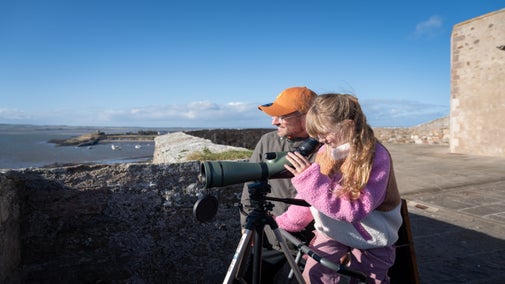
Things to see and do in the garden
Discover the tranquil beauty of the Gertrude Jekyll garden this season

Things to see in Lindisfarne Castle
Lindisfarne Castle is now closed for the season and will reopen on 1 March 2026. The garden and grounds are open all year round. Step inside Lindisfarne Castle and uncover centuries of history on the Northumberland Coast.
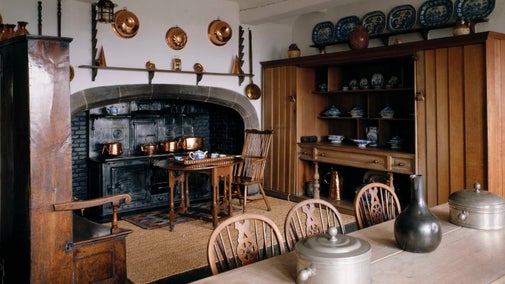
Top trails
Lindisfarne Castle walk
Enjoy a short walk around Lindisfarne Castle, taking in the 19th-century lime kilns, castle headland and the walled garden designed by Gertrude Jekyll. Includes options for more accessible routes.
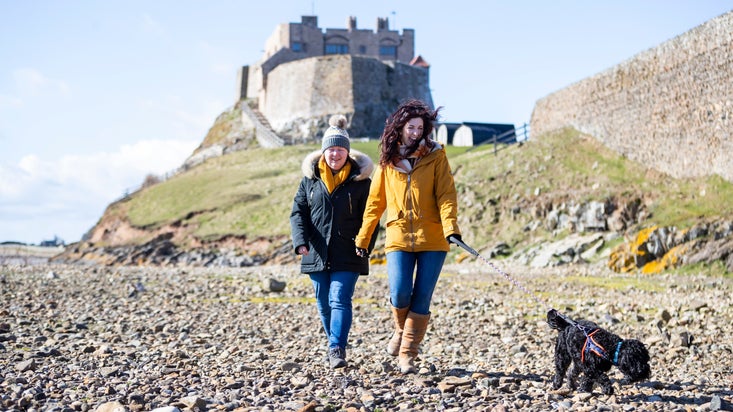
Shopping
Shopping at Lindisfarne Castle
Discover the wide range of products available in National Trust shop in the village on Holy Island, from gifts and homeware to plants and gardening tools.
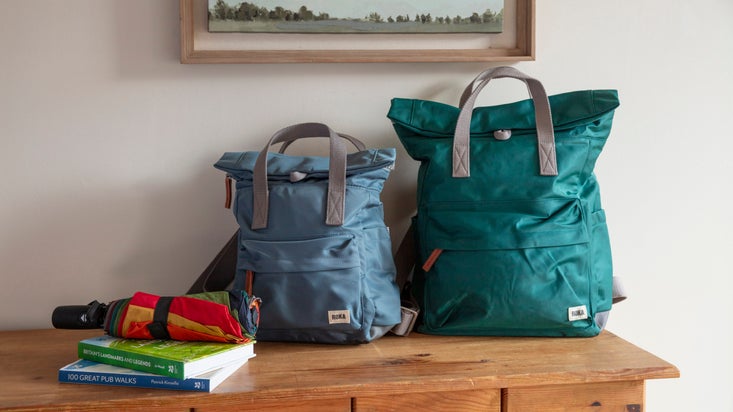
Places to stay

St Oswald's Cottage
A Grade II listed cottage on Holy Island, designed by Lutyens, reached by crossing a tidal causeway.

Glen House
Explore Holy Island from this comfortable cottage, just half a mile from Lindisfarne Castle.

Lookout Cottage
A former lookout, this simple but snug cottage is next to a HM Coastguard radio room.

Rockside Cottage
A former fisherman’s cottage next to a cosy pub with sea views and a bright, contemporary living space.

Risemoor
Close to the sands of Embleton Bay, this coastal cottage is a great spot for wildlife watching.
Upcoming events
Sorry, there are no upcoming events at this place
About Lindisfarne Castle
Travel across the causeway to Holy Island and discover this magical place. One of the most iconic landmarks in the UK, Lindisfarne Castle was converted by famed architect Sir Edwin Lutyens into a private holiday home for Edward Hudson, founder of Country Life magazine.
Outside, discover the summer-flowering garden designed by Gertrude Jekyll, the unexpected grandeur of the 19th-century industrial lime kilns, shoreline walks and a National Trust shop in the village.
For 2025, a light, sound and sculptural installation by artist Liz Gre "Embodied Cacophonies" draws inspiration from the elemental nature of Holy Island.
Before visiting the island, please check the tide timetable to see safe crossing times for the Holy Island causeway.
History
History of Lindisfarne Castle
Discover the history of Lindisfarne Castle and its surrounds, from the area’s industrial past and curious boat sheds to the castle’s renovation and its dedicated caretakers.
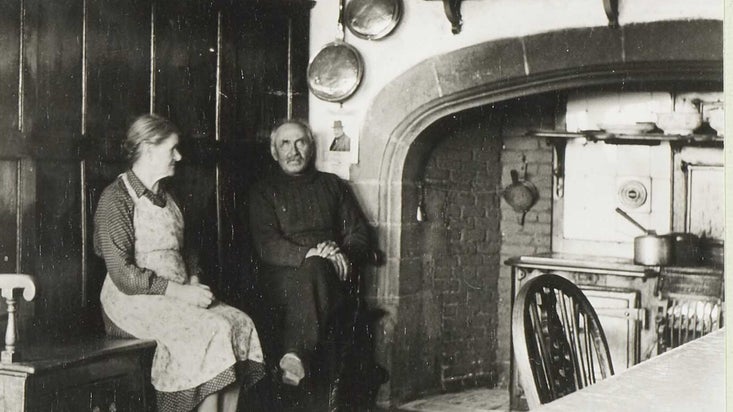
Art and collections
Lindisfarne Castle's objects and collections
Explore the objects and works of art we care for at Lindisfarne Castle on the National Trust Collections website.

Support us
Garden volunteering at Lindisfarne Castle
Gordon and Helen have been volunteering twice a week at the Gertrude Jekyll garden at Lindisfarne Castle for several years now. Find out what they have to say about the experience.
